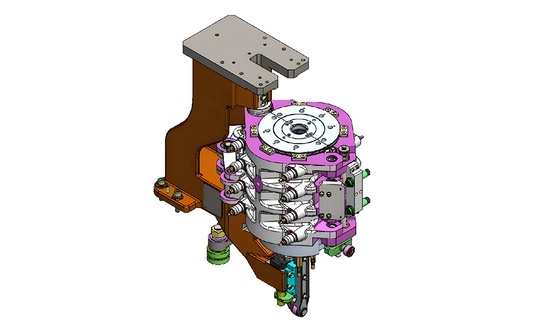Blow molding is a widely used manufacturing process in the plastics industry that allows for the creation of hollow plastic parts. It is a versatile technique that can produce products ranging from simple containers to complex automotive components. Understanding the ins and outs of blow molding can help you appreciate the intricacies of the manufacturing process.
The Preparation of Raw Materials
The first step in blow molding is the preparation of the raw material. The most common material used in blow molding is thermoplastic polymer resin, which is heated and melted to form a malleable material. This molten material is then injected into a hollow mold cavity, where it is shaped according to the design of the final product.
The Blow Molding Process
Once the molten material is inside the mold, it is subjected to high pressure air that forces it to conform to the shape of the mold. This blowing process is what gives Blow Molding Machine Manufacturer its name, as the material is literally blown into the desired shape. After the material has cooled and solidified, the mold is opened, and the newly formed plastic part is ejected.
Types of Blow Molding Techniques
There are several different types of blow molding techniques, each suited for different types of products. The most common method is extrusion blow molding, where a continuous tube of molten material is extruded and inflated into the shape of the mold. This method is ideal for producing small to medium-sized containers with uniform wall thickness.
Injection Blow Molding
Another popular technique is injection blow molding, which combines injection molding and blow molding processes. In this method, a preform is injection molded and then transferred to a blow mold where it is inflated to the final shape. Injection blow molding is commonly used for producing high-precision components such as medical devices and electronics.
Stretch Blow Molding
In addition to extrusion and injection blow molding, there is also stretch blow molding, which is used to produce PET bottles and containers. In this method, a preform is heated and stretched in two directions before being blown into the final shape. Stretch blow molding allows for the production of lightweight, high-strength bottles with excellent clarity.
Advantages of Blow Molding
Blow molding offers several advantages over other manufacturing processes. It is a cost-effective method for producing large quantities of hollow plastic parts with consistent quality. The process is also highly repeatable, with minimal variation between individual parts. Additionally, blow molding is a relatively fast process, allowing for rapid production of plastic components.
Limitations of Blow Molding
However, blow molding does have some limitations. It is not well-suited for producing complex geometries or thick-walled parts, as the blowing process can result in uneven wall thickness. Additionally, the size of the mold cavity is limited by the size of the blow molding machine, which can restrict the size of the final product.
Conclusion
Overall, blow molding is a versatile and efficient manufacturing process that is widely used in the plastics industry. By understanding the basics of blow molding, you can gain a greater appreciation for the intricacies of producing hollow plastic parts and the various techniques used to achieve different shapes and sizes. Whether you are designing containers, automotive components, or consumer goods, blow molding offers a viable solution for producing high-quality plastic products.
